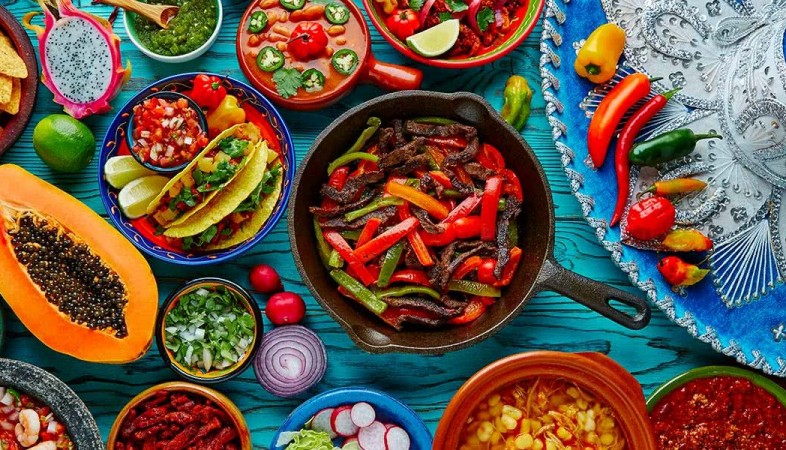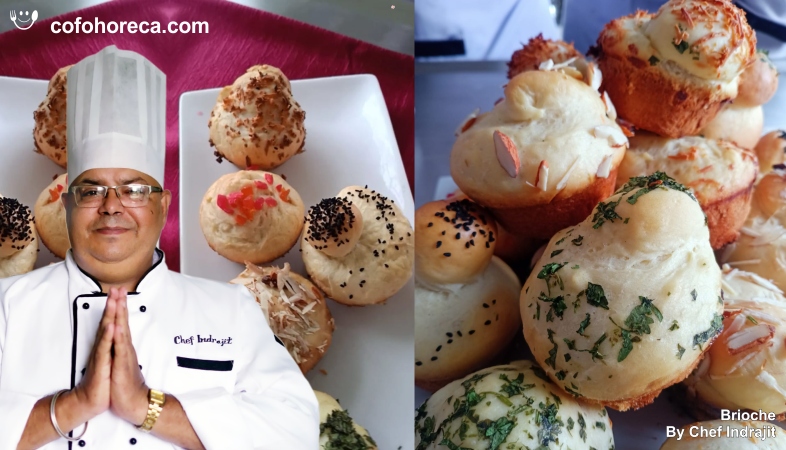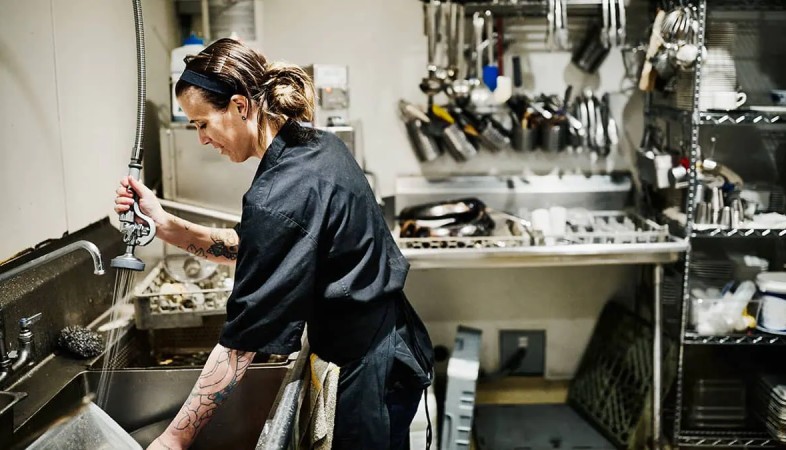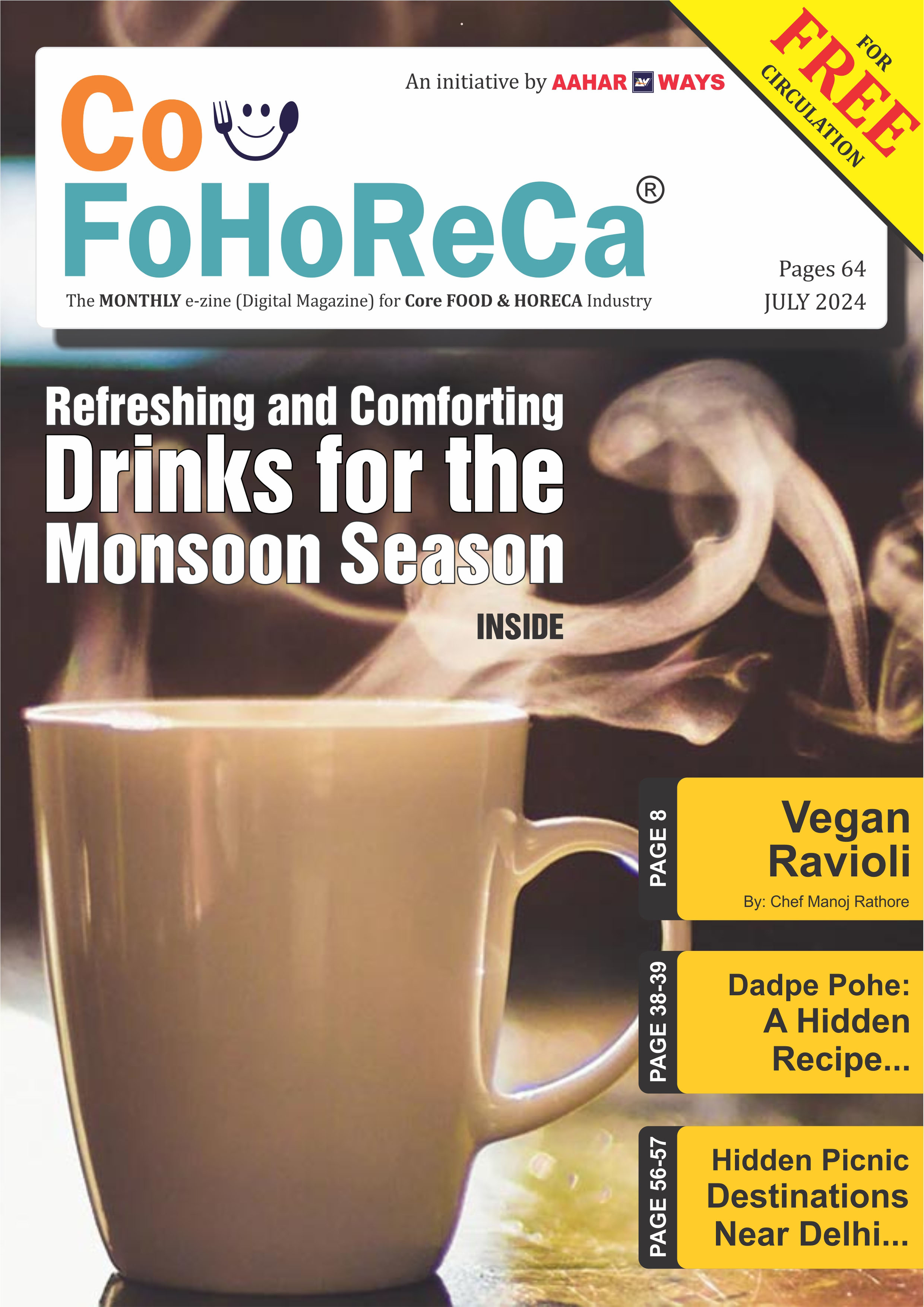Culinary Alchemy: The Art of Menu Engineering for Profitable and Satisfying Dining Experiences
Menu engineering is a strategic process that involves careful analysis, planning, and execution to optimize profitability and customer satisfaction.

Menu engineering is a strategic process that goes beyond
simply listing dishes and prices—it's about carefully crafting menus to
optimize profitability, drive sales, and enhance customer satisfaction. By
leveraging principles of psychology, economics, and culinary creativity,
restaurants can design menus that not only entice diners but also maximize
revenue and streamline operations. In this article, we delve into the art of
menu engineering, exploring key strategies and techniques for creating menus
that balance profitability with customer satisfaction.
Understanding the Psychology of Menu Design:
Effective menu engineering begins with an understanding of the psychology of consumer behavior and decision-making. Restaurants can use techniques such as menu layout, design elements, and menu descriptions to influence diners' choices and increase sales of high-profit items. For example, placing high-profit items in prominent positions on the menu, using descriptive language to highlight their appeal, and employing visual cues such as borders, icons, and images can draw attention to specific menu items and encourage customers to order them.
Analyzing Menu Performance:
Menu engineering also involves analyzing the performance of menu items to identify opportunities for improvement and optimization. By tracking sales data, profitability margins, and customer feedback, restaurants can identify which items are the most popular, which items are the most profitable, and which items may be underperforming. This information can inform decisions about menu pricing, portion sizes, ingredient costs, and menu item placement to maximize profitability and customer satisfaction.
Strategic Pricing and Profit Maximization:
Pricing plays a crucial role in menu engineering, as it directly impacts both profitability and customer perceptions of value. Restaurants can use pricing strategies such as cost-based pricing, value-based pricing, and psychological pricing to maximize profits while remaining competitive in the market. By strategically pricing menu items based on factors such as ingredient costs, perceived value, and price elasticity, restaurants can optimize revenue and profitability without sacrificing customer satisfaction.
Optimizing Menu Mix and Variety:
Another key aspect of menu engineering is optimizing the menu mix and variety to appeal to a wide range of customer preferences while maximizing profitability. Restaurants can achieve this by offering a balanced selection of appetizers, entrees, and desserts that cater to different tastes, dietary restrictions, and dining occasions. By carefully curating the menu to include both high-profit signature dishes and crowd-pleasing favorites, restaurants can strike a balance between profitability and customer satisfaction.
Enhancing the Dining Experience:
Ultimately, menu engineering is about more than just driving sales—it's about enhancing the overall dining experience for customers. Restaurants can use menu engineering techniques to create menus that tell a story, reflect the restaurant's brand and identity, and engage diners on an emotional level. By offering unique and innovative menu items, incorporating seasonal ingredients, and providing exceptional service, restaurants can create memorable dining experiences that keep customers coming back for more.
Menu engineering is a strategic process that involves careful analysis, planning, and execution to optimize profitability and customer satisfaction. By understanding the psychology of menu design, analyzing menu performance, strategically pricing menu items, optimizing menu mix and variety, and enhancing the dining experience, restaurants can create menus that are both profitable and satisfying for customers.
.png)



























